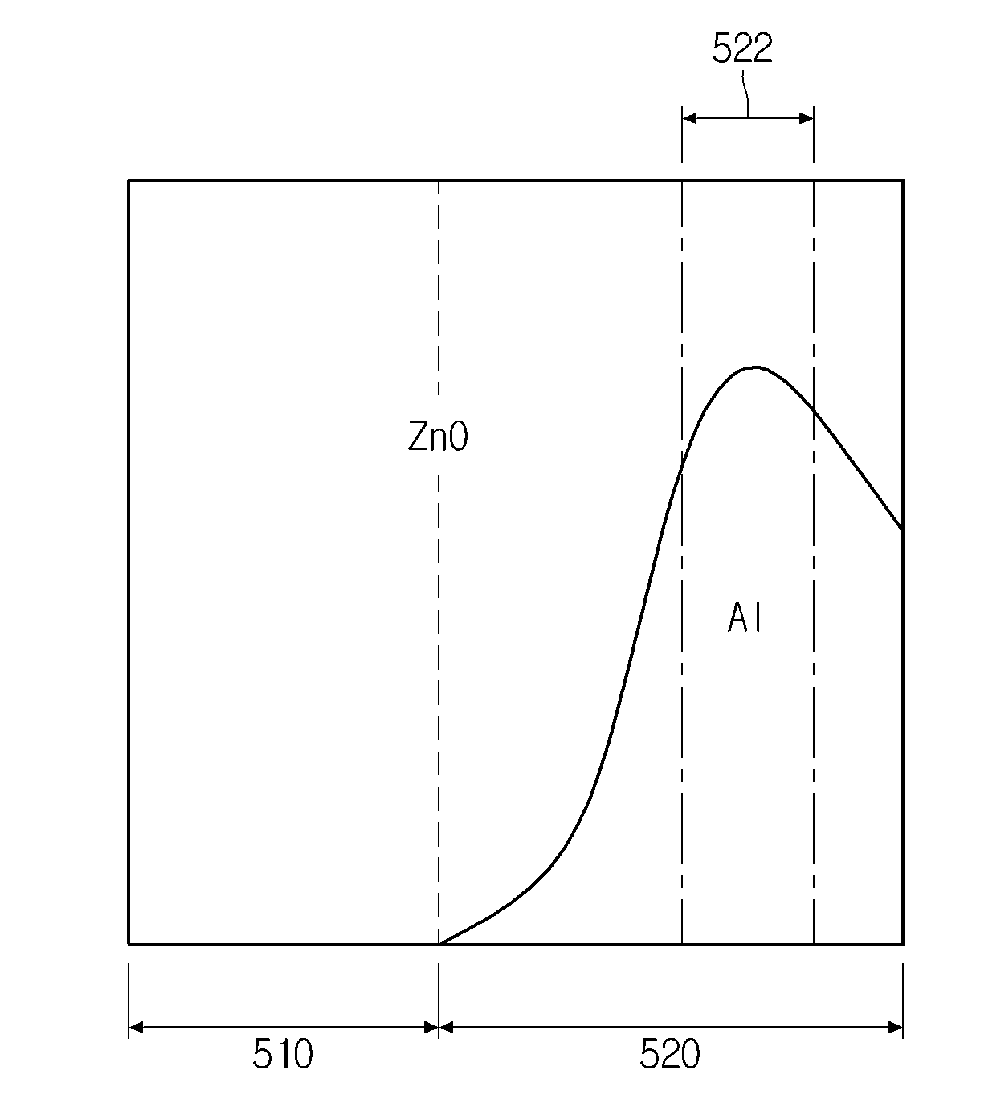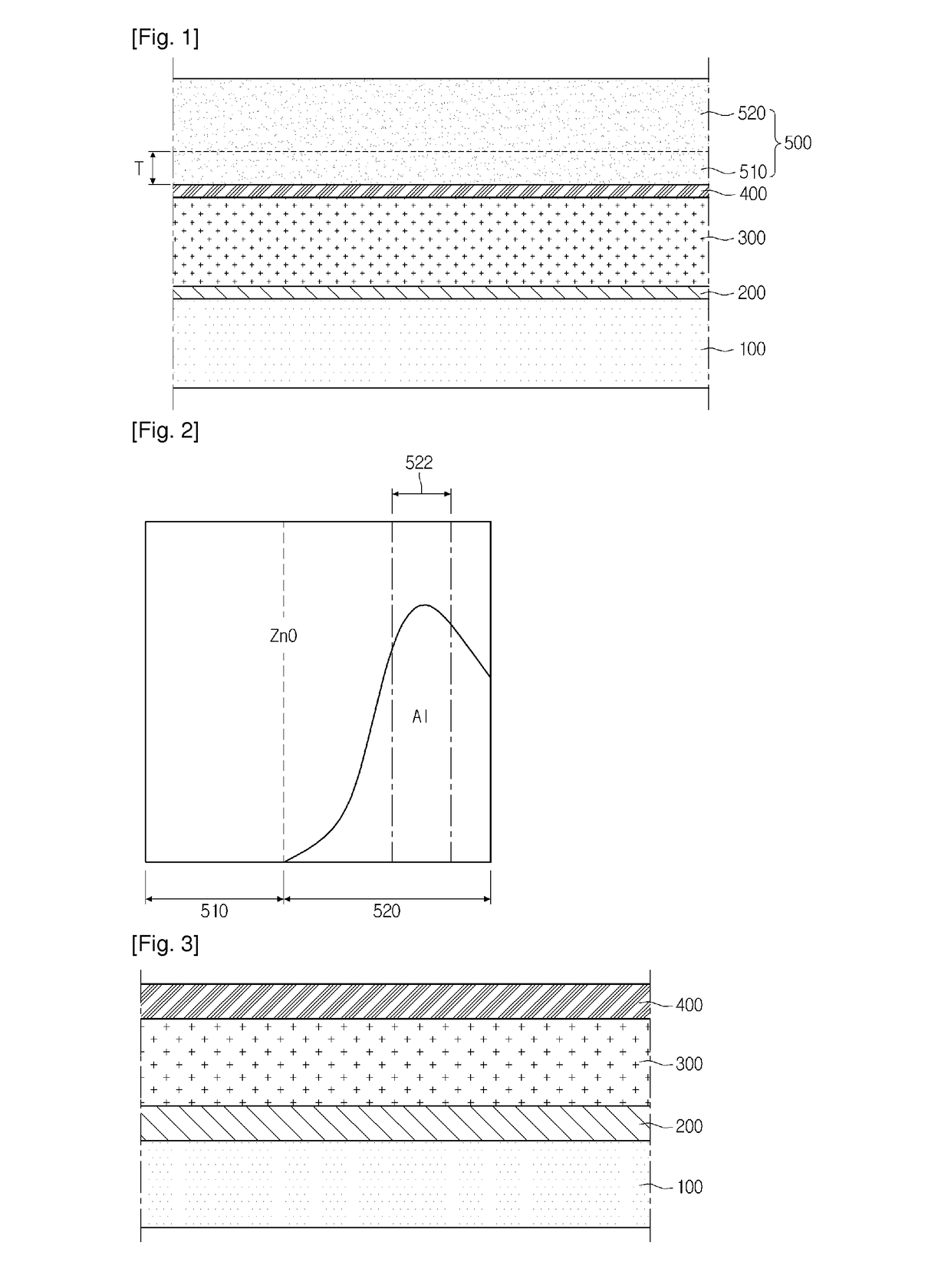Solar cell and method of fabricating the same
a solar cell and precursor technology, applied in the field of solar cells, can solve the problems of increasing the shunt path, affecting the production efficiency of final products, and the difficulty of fabricating aluminum precursors for mocvds, so as to reduce the influence of buffer layer, prevent electric shorts, and reduce plasma damage to the substrate
- Summary
- Abstract
- Description
- Claims
- Application Information
AI Technical Summary
Benefits of technology
Problems solved by technology
Method used
Image
Examples
Embodiment Construction
[0019]In the description of the embodiments, it will be understood that, when a substrate, a layer, a film, or an electrode is referred to as being “on” or “under” another substrate, another layer, another film, or another electrode, it can be “directly” or “indirectly” on the other substrate, layer, film, or electrode, or one or more intervening layers may also be present. Such a position of the layer has been described with reference to the drawings.
[0020]The size or the thickness of the layer (film), the region, the pattern or the structure may be modified exaggerated for the purpose of explanation and clarity. The size may not utterly reflect the actual size.
[0021]Hereinafter, an exemplary embodiment of the disclosure will be described with reference to the accompanying drawings.
[0022]The solar cell according to the embodiment will now be described in detail with reference to FIGS. 1 and 2. FIG. 1 is a sectional view showing one section of a solar cell according to the embodimen...
PUM
 Login to View More
Login to View More Abstract
Description
Claims
Application Information
 Login to View More
Login to View More - R&D
- Intellectual Property
- Life Sciences
- Materials
- Tech Scout
- Unparalleled Data Quality
- Higher Quality Content
- 60% Fewer Hallucinations
Browse by: Latest US Patents, China's latest patents, Technical Efficacy Thesaurus, Application Domain, Technology Topic, Popular Technical Reports.
© 2025 PatSnap. All rights reserved.Legal|Privacy policy|Modern Slavery Act Transparency Statement|Sitemap|About US| Contact US: help@patsnap.com



